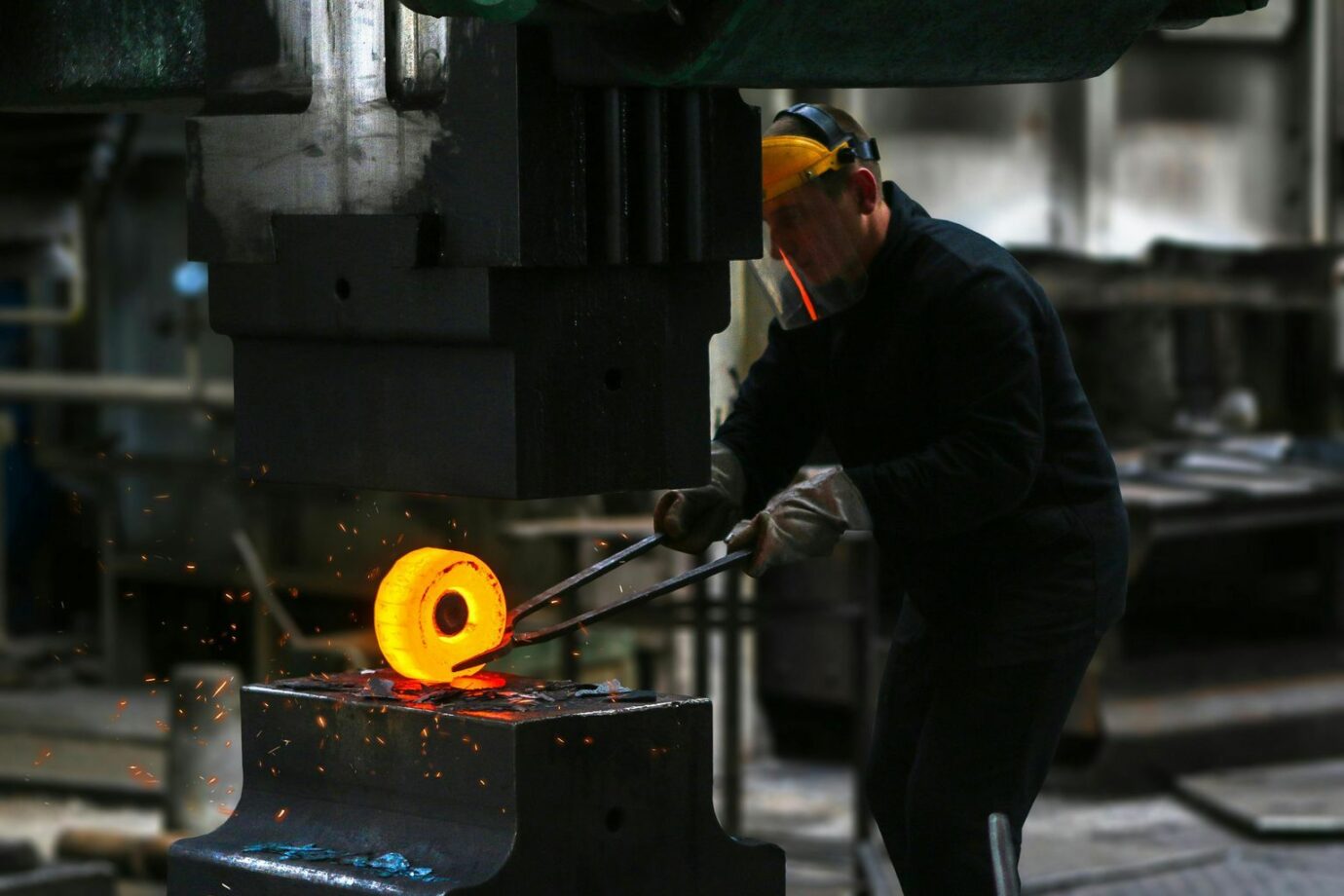In manufacturing, smooth operations are fundamental for success.
Downtime can lead to significant losses, making it important to address potential issues before they escalate.
Digital signage is a modern tool that helps keep everyone informed and aligned. It can play a key role in reducing these inefficiencies by providing real-time data visibility, KPI tracking, and proactive communication.
By delivering real-time updates on machine performance, maintenance schedules, and safety alerts, digital signs enable quick responses to problems.
This article highlights how using digital signage can minimize operational downtime and enhance efficiency in manufacturing settings.
Understanding Operational Downtime in Manufacturing
In a manufacturing workplace, operational downtime often arises from machine failures, improper maintenance, and ineffective communication.
These challenges can be addressed through digital signage that offers real-time updates on machine health, alerts, and production status. By presenting performance indicators on screens, teams can monitor quality control and address issues promptly.
Recognizing downtime’s effect on operational efficiency allows manufacturers to make informed decisions that boost productivity.
To reduce downtime, manufacturers can adopt strategies like proactive maintenance, which includes prominently displayed maintenance schedules on interactive signs. This approach enables maintenance teams to respond swiftly to equipment alerts.
A content editor can create dynamic materials to share real-time data, keeping everyone on the factory floor informed about performance metrics and production targets.
Employee engagement is enhanced by displaying training materials and instructions, which increases job satisfaction and safety awareness while minimizing downtime.
Integrating predictive maintenance systems with live data connections improves overall communication within manufacturing facilities.
The Role of Digital Signage in Manufacturing
Digital signage can be used for multiple purposes:
- To improve safety communication through real-time updates
- To display live production data and machine performance
- To track key performance indicators (KPIs)
- To enhance worker training and safety updates
- To streamline communication across shifts
- To facilitate better collaboration among teams
- To provide proactive maintenance notifications to prevent equipment failures
And obviously, to reduce operational downtime with e.g., automated alerts.
The key is, that digital signage enhances communication and information sharing among manufacturing teams by providing real-time updates on production status and performance indicators.
This allows maintenance teams to make informed decisions quickly, responding to alerts and notifications as soon as issues arise. On the factory floor, digital signs display safety instructions and quality control reminders, promoting safety awareness and compliance.
By sharing safety protocols through interactive content creation, employees remain aware of potential hazards.
Additionally, digital signage fosters employee engagement by showcasing production goals and celebrating achievements, leading to higher job satisfaction. The integration of live data connections helps streamline processes, ensuring that everyone stays updated with performance metrics. This dynamic content not only engages workers but also supports training efforts with step-by-step instructions for maintenance procedures.
As a result, manufacturing facilities can improve operational efficiency, reduce downtime through proactive maintenance practices, and maintain quality standards, ultimately boosting overall productivity. The effective communication facilitated by digital signage transforms the manufacturing workplace into a more cohesive and informed environment.
How Digital Signage Reduces Downtime on the Shop Floor
Digital signage enhances communication on the shop floor by providing real-time updates through screens.
These displays showcase important information, including production status, quality standards, and maintenance alerts. With features like KPI dashboards and live data connections, employees can view performance metrics to make informed decisions and take prompt corrective action.
By automating maintenance alerts and schedules, digital signage helps prevent unexpected machine failures, which reduces downtime. For instance, notifications about machine health allow for proactive maintenance, addressing potential issues before they disrupt operations.
Additionally, displaying safety protocols and reminders raises awareness, significantly reducing downtime from safety incidents.
This effective communication streamlines processes and increases employee engagement and job satisfaction, encouraging a culture of safety and reliability within facilities. With built-in interactivity and dynamic content creation, digital signage supports ongoing engagement and training, further enhancing operational efficiency and productivity on the floor.
Here are some of the ways a great Digital signage content planning strategy can help reduce operational downtime in manufacturing:
1. Real-Time Data Monitoring
Digital signage allows for the live display of critical production data, such as machine performance or output levels. With immediate access to this information, managers and workers can quickly identify potential bottlenecks or issues before they escalate, helping to minimize costly downtime.
2. KPI Tracking
Key performance indicators (KPIs) like machine efficiency, cycle times, or production quotas can be shown on digital displays throughout the facility. This makes it easy for teams to stay aligned with goals and instantly see when performance is slipping. Real-time KPI tracking encourages employees to meet targets and allows managers to adjust workflows accordingly.
3. Preventing Human Error with Automated Alerts
One major cause of downtime is human error. Digital signage can reduce this by displaying automated alerts when a machine requires maintenance or when performance metrics fall below acceptable levels. These alerts ensure that problems are addressed immediately, preventing small issues from turning into major disruptions.
4. Streamlining Maintenance
Digital signage can also display scheduled maintenance updates, ensuring that repairs are performed on time without interrupting production schedules. By integrating with IoT systems, digital screens can predict when machinery is likely to fail, allowing for preventive repairs and reducing the likelihood of unplanned outages.
5. Clear Communication Across Shifts
Effective shift handovers are crucial to avoid miscommunication that can result in delays. Digital signage keeps everyone updated on current production statuses, upcoming tasks, and safety protocols, so the transition between shifts is smooth. This reduces downtime caused by workers waiting for instructions or unclear communication.
Valotalive Control App allows you to make your shop floor meetings even more actionable.
6. Training and Safety Updates
Displaying safety protocols or short training videos through digital signage helps keep workers informed and reduces downtime caused by accidents or improper handling of equipment. Continuous training and safety reminders contribute to a safer and more efficient workplace.
Conclusion
Digital signage helps reduce operational downtime in manufacturing by providing real-time data, tracking KPIs, preventing human error, streamlining maintenance, and improving communication. When properly implemented, it leads to smoother operations, increased productivity, and fewer costly interruptions.

